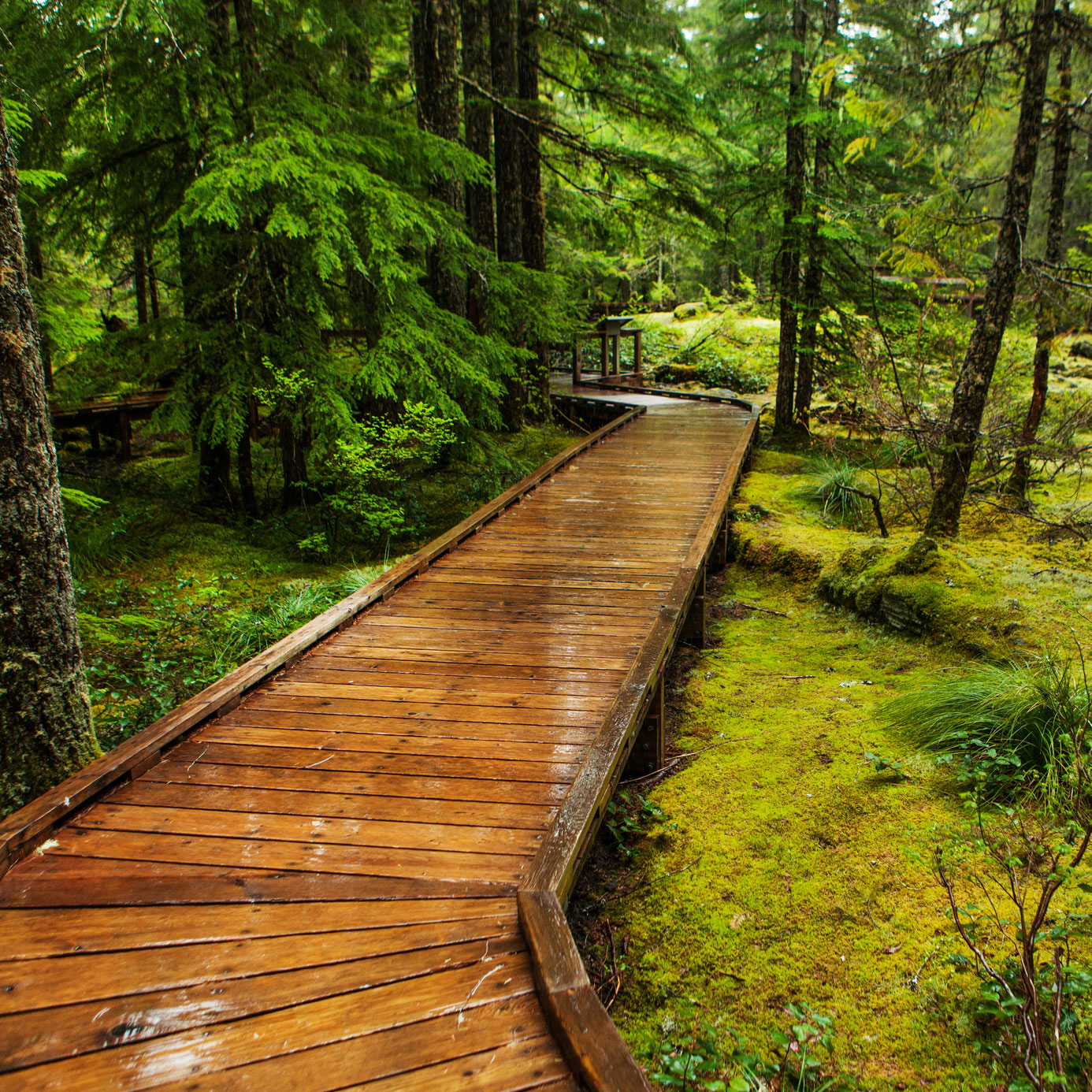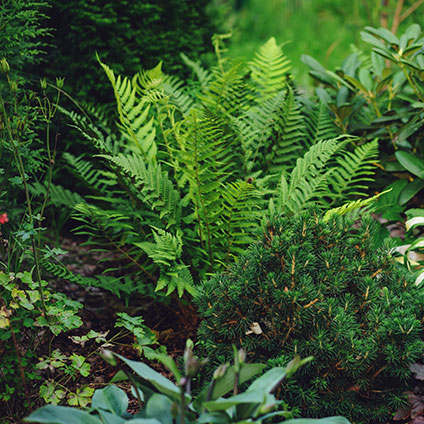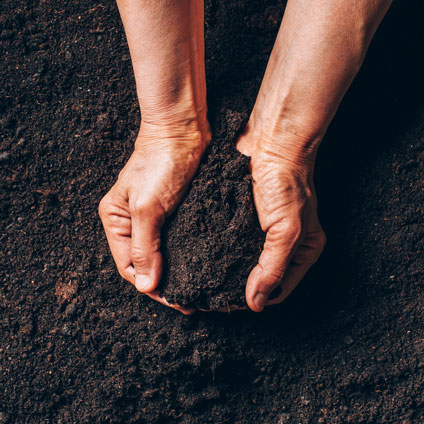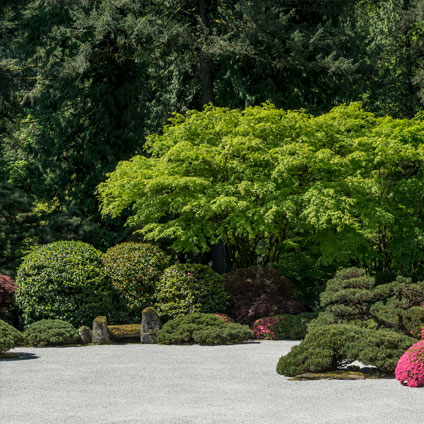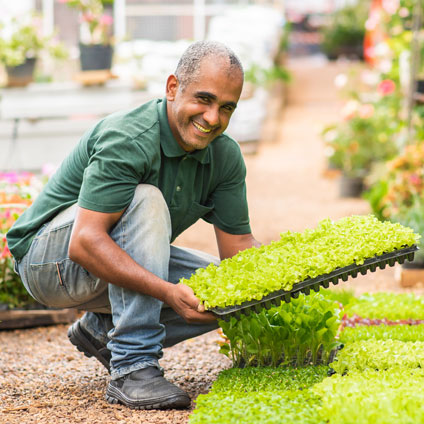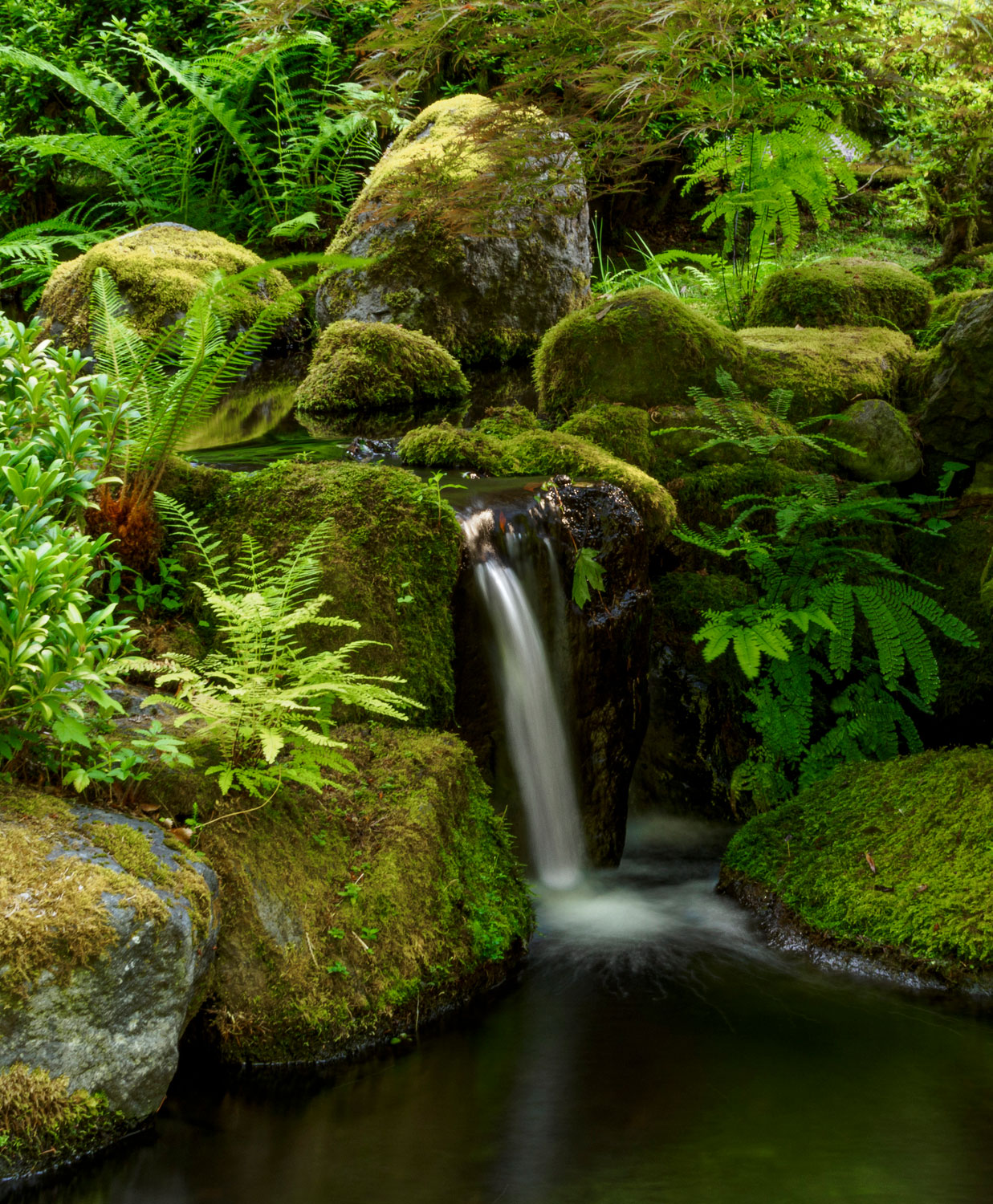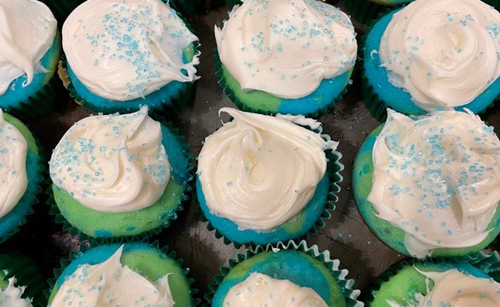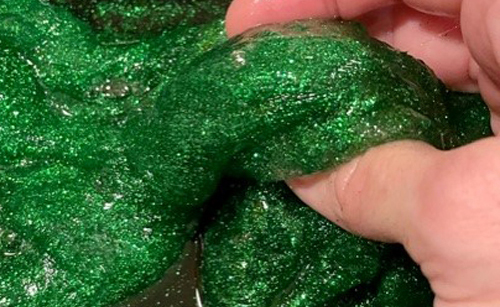Native plants in Clark County, Washington
The Pacific Northwest is rich in plant life — from towering Douglas firs and dozens of fern species to seemingly endless shrubs and flowers. The flora in Clark County changes with the diverse landscapes. River valleys, narrow canyons, wetlands, forests, and mountains can all be found in our backyard, and each area has its own ecosystem with its own types of plants.
Not all plants are equal, however! While your favorite park or hiking trail might have lots of Himalayan blackberry, English ivy, or baby’s breath, these plants are not native to the area. What are native plants and why are they important? Let’s learn about the important role native plants play in our world.
What are native plants?
The term ‘native plant’ generally refers to plants that are indigenous to a particular geographic region. Over time those plants have evolved and adapted to local environmental conditions such as soil types, hydrology and microclimates. Even more importantly, they have coevolved with insects (especially bees and butterflies!), and other animals that depend on these very specific native plants for food and shelter. And often times the plants depend on specific animals for their survival. These symbiotic relationships are the backbone of many ecosystems.
Why plant native plants?
The natural areas we enjoy are made up of native plants. These plants are great for planting in yards and parks as well! Native plants feed many of the small creatures at the bottom of the food web and they thrive in the local ecosystem.
If you plant native species in your yard or school natural area, they’re likely to thrive without needing much help from humans. From soil to moisture to pests, native plants survive well without needing much watering, fertilizer, or pesticides. They also help the soil by managing runoff from rain and preventing soil compaction thanks to their deep root systems.
How to plant a garden with native plants
Whether you’re planting a garden to attract butterflies and bees or you’re helping on a project for your school, church, or community, there are some basic tips that will ensure your garden will look beautiful for a long time.
Pick the right plant for the right location
Does your garden get full sun or is it partially shaded? Once you’ve determined the amount of sun and shade it receives, select plants that are well-matched. Don’t plant sun-loving plants in an area that’s fully shaded, for example.
Give your soil a boost of nutrients
Depending on your location, the soil might not have a lot of organic material. Adding some fresh compost can help give your plants the extra boost they’ll need to succeed.
Consider the arrangement of your plants
Some plants grow taller than others. Plant tall ones in the back of your garden area and shorter ones in the front. Read the label that comes with the plant to find out how tall it will grow and how much space you should leave around it. Always take safety into consideration when planting – don’t plant bushes or large trees around or under power lines or electrical equipment.
Lean on plant experts to learn more
Local native plant nurseries or extension offices can help you decide what to plant. They can help figure out what will grow well in your space, as well as what your goals are, whether it’s to enjoy fresh huckleberries, watch butterflies, or help native birds thrive.
Benefits of native plants
Once your native plant garden is complete, what benefits can you expect?
- Little maintenance: Once these plants are established, they normally don’t need much in the way of watering or fertilizing because they’re adapted to our ecosystem. (Although you may want to help them out during extreme heatwaves and cold spells!) This conserves water while keeping pesticides and fertilizer out of the water system.
- More wildlife: Your native garden will attract birds, bees, butterflies, and more! Not only will there plenty of nectar for pollinators, but your garden can provide habitat and seeds and fruit for other small creatures.
- Lots of beauty: Native plants often have colorful petals and beautiful seasonal changes, as well as showy flowers and fruits. You’ll love your colorful garden!
Native plant identification
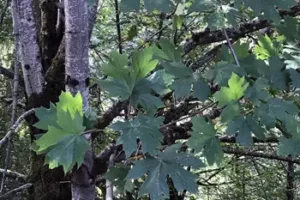
Bigleaf Maple
Acer macrophyllum
photo credit: Patrick Godfrey
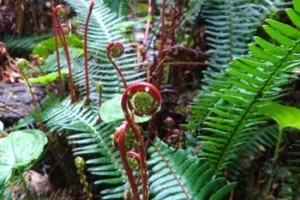
Deer Fern
Struthiopteris spicant
photo credit: McKenzie Kargel
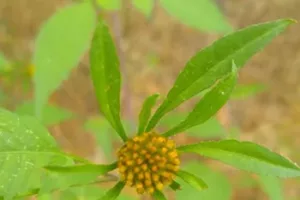
Devil's Beggarticks
Bidens frondosa
photo credit: McKenzie Kargel
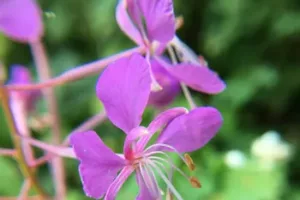
Fireweed
Chamaenerion angustifolium
photo credit: Brennan Kessenich
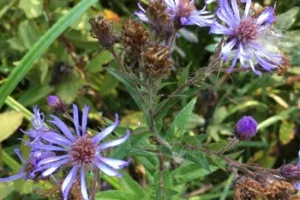
Great Northern Aster
Canadanthus modestus
photo credit: Brennan Kessenich
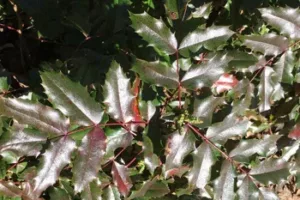
Oregon Grape
Berberis aquifolium
photo credit: Brennan Kessenich
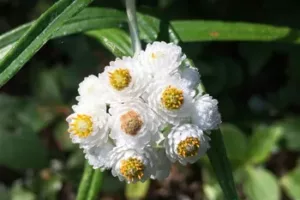
Pearly Everlasting
Anaphalis margaritacea
photo credit: Brennan Kessenich
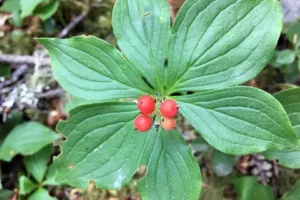
Western Bunchberry
Cornus unalaschkensis
photo credit: Brennan Kessenich
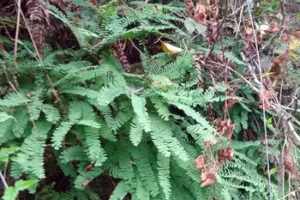
Western Maidenhair Fern
Adiantum aleuticum
photo credit: McKenzie Kargel

